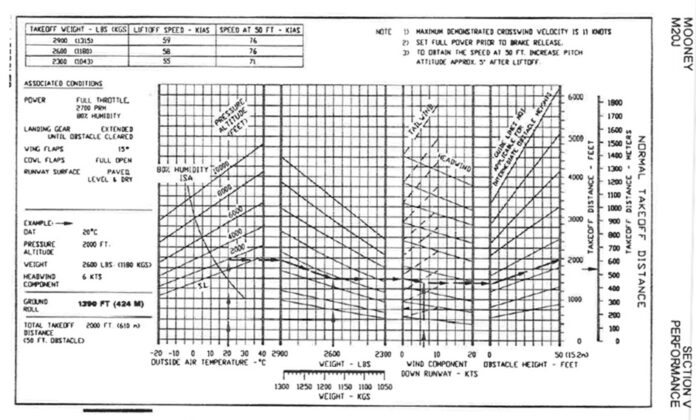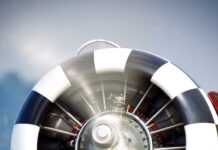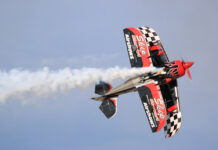For most of the Northern Hemisphere, the past few weeks of July were hotter than most in history, and it does not appear that relief is in sight. While the heat wave makes news across the continent, it presents an opportunity for us to discuss an aspect that the rest of the world does not follow: density altitude (DA).
As pilots, the term, density altitude, is simple enough to understand as actual altitude corrected for non-standard pressure, temperature, and humidity. Regrettably, high DA has a profound effect on engine performance, propeller performance, wing performance, true airspeed, turn radius, traverse distance along show line, pilot G tolerance, engine cooling and mixture control; all in a bad way. Consequently, it is critical that air show pilots be intuitively familiar with the impact that high DA conditions have on their aircraft performance, maneuver sequence and energy management.
The altitude or air space needed to initiate and complete a maneuver is a function of true airspeed. Since high DA tends to increase true airspeed as compared to indicated airspeed, a given maneuver in high DA conditions at indicated airspeed will be “bigger” as compared to the same maneuver at standard, or near standard, DA. For a given DA, true airspeed can be calculated using the trusty whiz wheel.
What can you do to prepare for dealing with high DA situations? You will need to modify your routine for high DA shows; however, the modified routine must have been practiced prior to arriving at the show. In other words, you’re going to have to practice these changes before you get to the show in High Peak, Colorado. The best course would be to take a trip out West before the show and get in some practice time. Practicing at high altitude with an imaginary hard deck will give you a feel for engine and wing performance, but not for the difference in apparent speed when close to the surface.
What modifications should you make to your routine for high DA shows? The most obvious change would be to add altitude to your start point. Remember, you can always bring it down if you start a bit too high. Chances are, no one will notice. Also, plan a break in your sequence. If you find that your energy is OK, simply make a turn and restart the sequence. Consider modifying or even eliminating energy-dissipating maneuvers like snap rolls.
There are few things in the air show business that produce anything like unanimous opinion. The potential danger of flying air shows in high DA conditions is one of them. If you find yourself in a high DA situation this summer, we urge you to be conservative and exercise caution. Find a colleague at the show and start a conversation about the DA and how you plan to operate in it.








